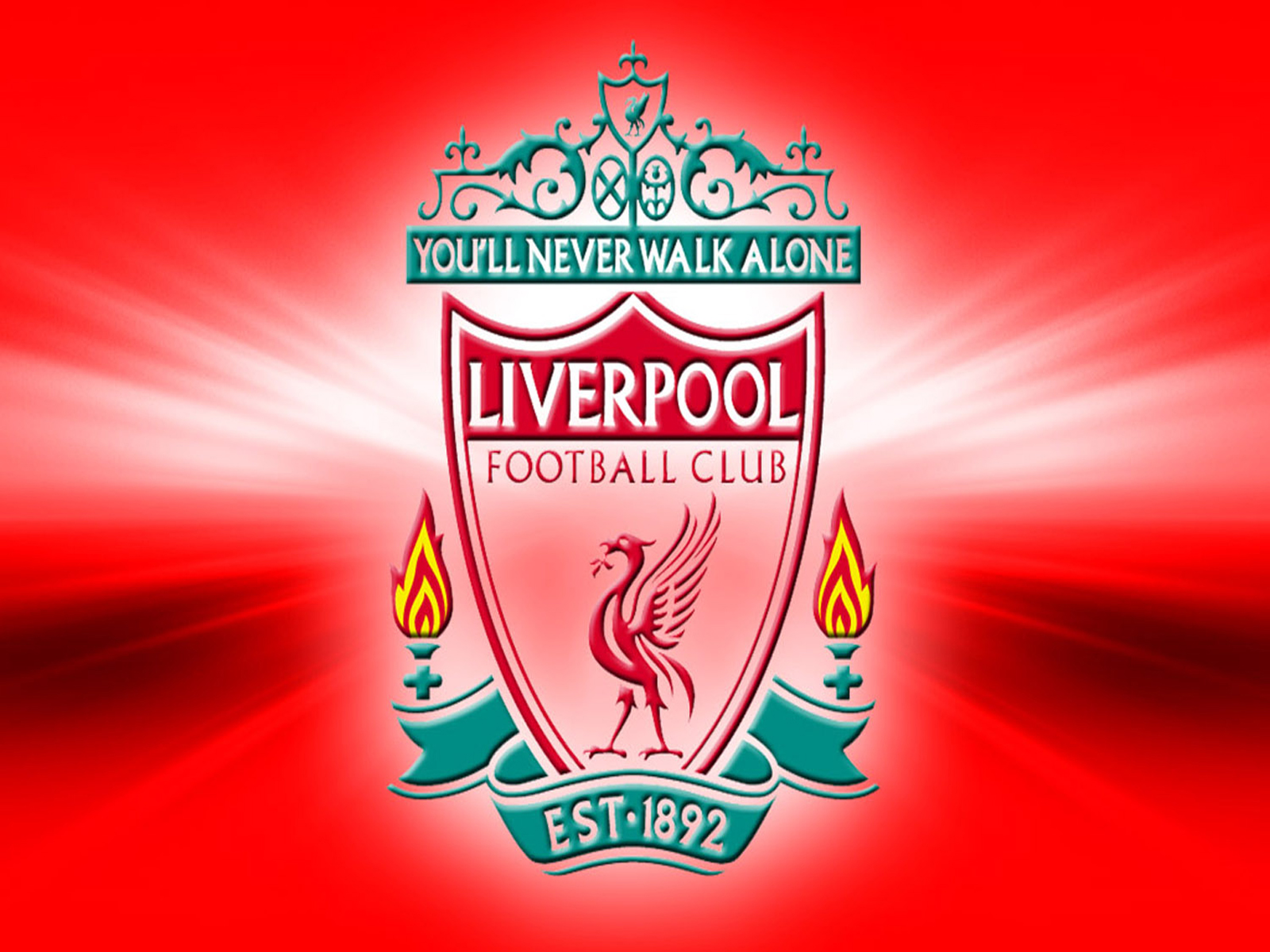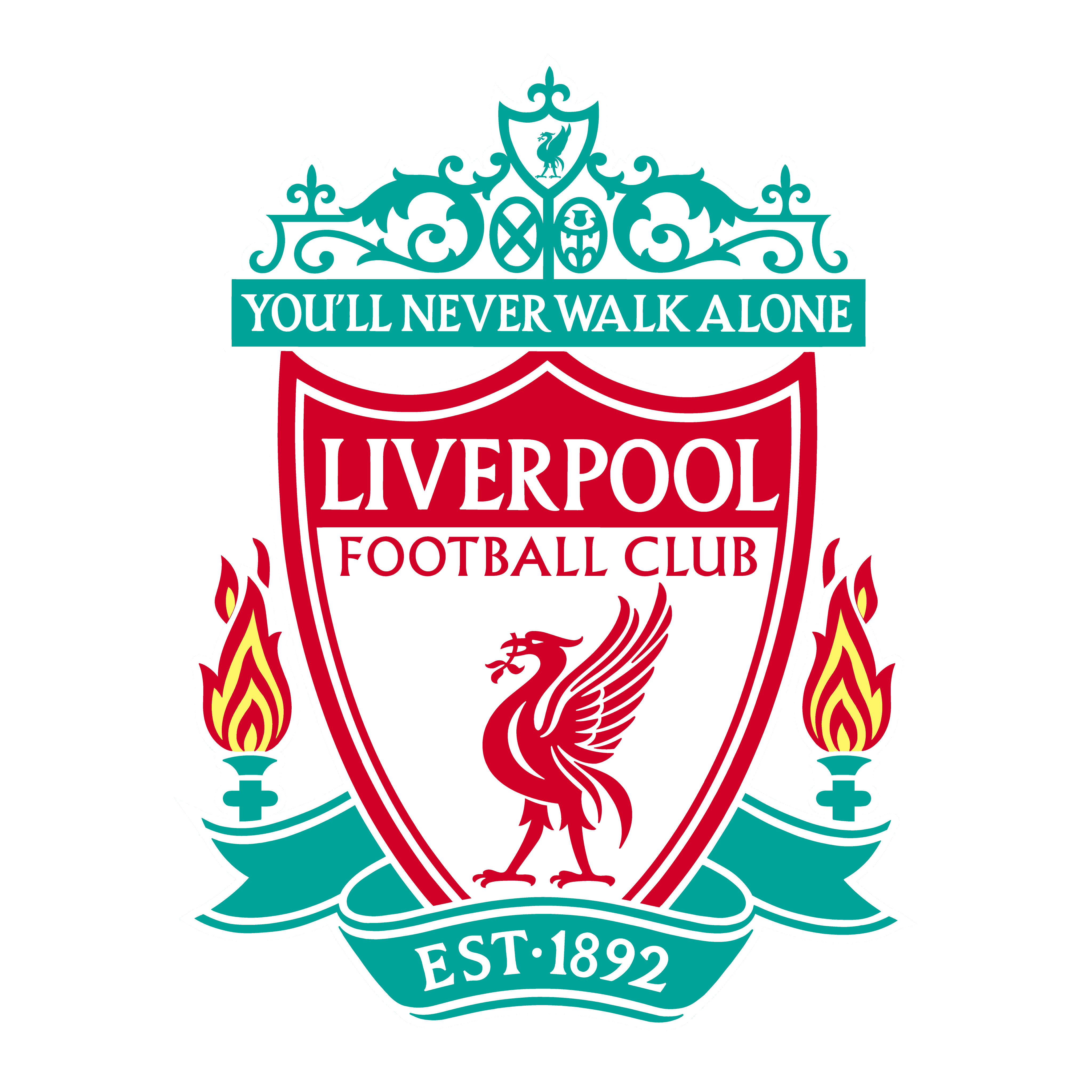Liverpool old logo, a symbol deeply woven into the fabric of the club’s history, underwent a fascinating evolution. From its earliest iterations to its current form, the logo reflects the club’s triumphs, challenges, and enduring connection with its passionate fanbase. This exploration delves into the design elements, cultural impact, and lasting legacy of the iconic “old” Liverpool logo, examining its visual evolution and the stories it tells.
This article provides a comprehensive look at the various iterations of the Liverpool FC logo, focusing specifically on the “old” logo. We’ll analyze its design principles, explore its cultural significance, and examine its presence across different media. The analysis will include a detailed comparison with later versions, highlighting the stylistic changes and the reasons behind them. We’ll also uncover the symbolism embedded within the design and its lasting impact on the club’s identity.
Liverpool FC’s Iconic Logos: A Historical Journey: Liverpool Old Logo
Liverpool Football Club’s logo has undergone several transformations throughout its history, each iteration reflecting the club’s evolution and the changing tastes of the era. This article delves into the historical evolution of the Liverpool FC logo, focusing specifically on the “old” logo, its design elements, cultural impact, and its presence across various media.
Further details about 1996 manchester united is accessible to provide you additional insights.
Historical Evolution of the Liverpool FC Logo
From its inception to the present, the Liverpool FC logo has seen significant design changes, reflecting both stylistic trends and the club’s evolving identity. The following timeline illustrates this evolution, highlighting key design elements and associated historical events.
| Year | Logo Description | Significant Events | Image Description |
|---|---|---|---|
| 1901 (approx.) | Early logo featuring a Liver Bird and the club’s initials “LFC” in a simple, somewhat ornate font. The design was likely quite basic, possibly utilizing a shield shape. | Formation of Liverpool Football Club. | A simple, possibly monochromatic design featuring a Liver Bird and “LFC” initials within a basic shield or circular emblem. The style would likely be reminiscent of early 20th-century graphic design. |
| 1950s (approx.) | A more refined version of the Liver Bird, perhaps with more detail in the bird’s feathers and a slightly more modern font for “LFC.” The overall design might be enclosed in a more defined shape. | Post-war growth and consolidation of the club. | A slightly more stylized Liver Bird with improved detail and a more legible “LFC” font, possibly within a more geometrically defined shape. A slight increase in color complexity is possible. |
| 1960s-1980s (“Old” Logo) | The iconic “old” logo: A detailed Liver Bird with a bold, confident stance, often presented within a shield or crest. The font for “LFC” is usually strong and easily readable. Color scheme often featured red and white. | The club’s rise to prominence under Bill Shankly and Bob Paisley, winning numerous league titles and European Cups. | A detailed depiction of a Liver Bird, possibly with detailed feathering and a proud posture, within a distinctive shield or crest. The “LFC” lettering is bold and clear, possibly in a sans-serif typeface. Predominantly red and white. |
| 1990s – Present | Several variations exist, but generally involve a simplified Liver Bird, sometimes incorporating the city’s flag or other elements. The design generally adopts a more modern aesthetic. | Continued success, significant changes in branding and marketing strategies. | Several iterations exist; typically featuring a more streamlined Liver Bird, often with a less detailed design, sometimes incorporated into a more modern, abstract design. Color schemes remain consistent with red and white. |
The “Old” Liverpool Logo: Specific Design Elements

The “old” Liverpool logo, beloved by generations of fans, featured specific visual elements that contributed to its iconic status. These elements combined to create a powerful and memorable symbol.
The logo primarily utilized red and white, colors deeply associated with the club. The Liver Bird, a symbol of Liverpool city, was prominently displayed, often with detailed feathering and a proud posture. The “LFC” lettering was bold and easily legible, usually in a strong sans-serif typeface. The overall design often incorporated a shield or crest, further emphasizing the club’s identity and heritage.
The symbolism is straightforward: the Liver Bird represents the city’s pride and history, while the “LFC” represents the club itself. The red and white colours are the club’s traditional colours.
A comparative graphic would clearly show the difference between, for example, the “old” logo and the 1990s logo. The “old” logo would feature a more detailed, almost regal Liver Bird, set within a clearly defined crest. The 1990s logo would show a simpler, more streamlined Liver Bird, often without the detailed crest, and with a more contemporary typeface.
The “Old” Logo’s Cultural Impact and Legacy, Liverpool old logo

The “old” Liverpool logo holds significant cultural importance for fans and the broader football community. It evokes a sense of nostalgia and is closely associated with the club’s most successful periods under managers like Bill Shankly and Bob Paisley.
- The logo’s enduring popularity is evident in its continued use on vintage merchandise, sought after by collectors.
- Many fan-made artworks and tributes still feature the “old” logo, demonstrating its lasting appeal.
- The logo’s presence on vintage kits and memorabilia keeps the memories of those successful eras alive.
- It frequently appears in fan-created content, illustrating its continued resonance with supporters.
Design Principles and Artistic Influences
The “old” Liverpool logo showcases several key design principles. The symmetrical arrangement of elements creates a sense of balance and stability, reflecting the club’s solid foundation. The use of bold colors, particularly the strong red, conveys energy and passion. The detailed rendering of the Liver Bird demonstrates a commitment to craftsmanship and attention to detail. The negative space around the Liver Bird and lettering is thoughtfully used to enhance the overall design’s impact.
The style is reminiscent of mid-20th-century graphic design, reflecting a balance between traditional heraldic styles and emerging modernism.
The “Old” Logo in Different Media
The “old” Liverpool logo appeared across various media formats, adapting to the specific requirements of each platform while maintaining its core identity.
| Medium | Year | Description | Image Description |
|---|---|---|---|
| Matchday Programs | 1960s-1980s | The logo would be prominently featured on the cover and throughout the program, often in high quality print. | A high-quality print of the logo, possibly with detailed coloring and a strong presence on the page. |
| Jerseys | 1960s-1980s | The logo was typically embroidered or woven onto the jersey, often subtly placed on the chest. | The logo embroidered or woven onto a jersey fabric, showcasing its detailing and integration with the garment. |
| Advertising | 1960s-1980s | The logo would have appeared in various advertising materials, adapted to suit the medium (print, billboards etc.). | The logo adapted for various advertising mediums, showing variations in size, color, and potentially simplified design for certain applications. |
The “old” Liverpool logo remains a powerful emblem, representing a significant chapter in the club’s rich history. Its enduring popularity among fans underscores its cultural significance and lasting legacy. While the club’s branding has evolved, the memories and associations connected to this iconic design continue to resonate, a testament to its enduring appeal and the strong bond between the club and its supporters.

